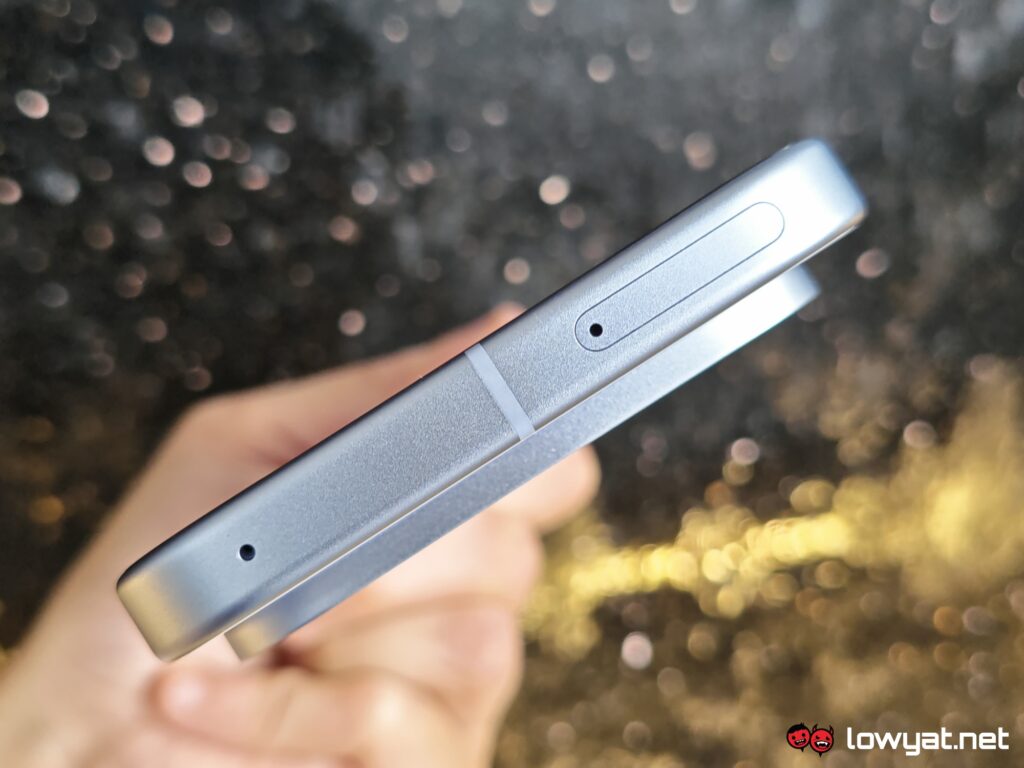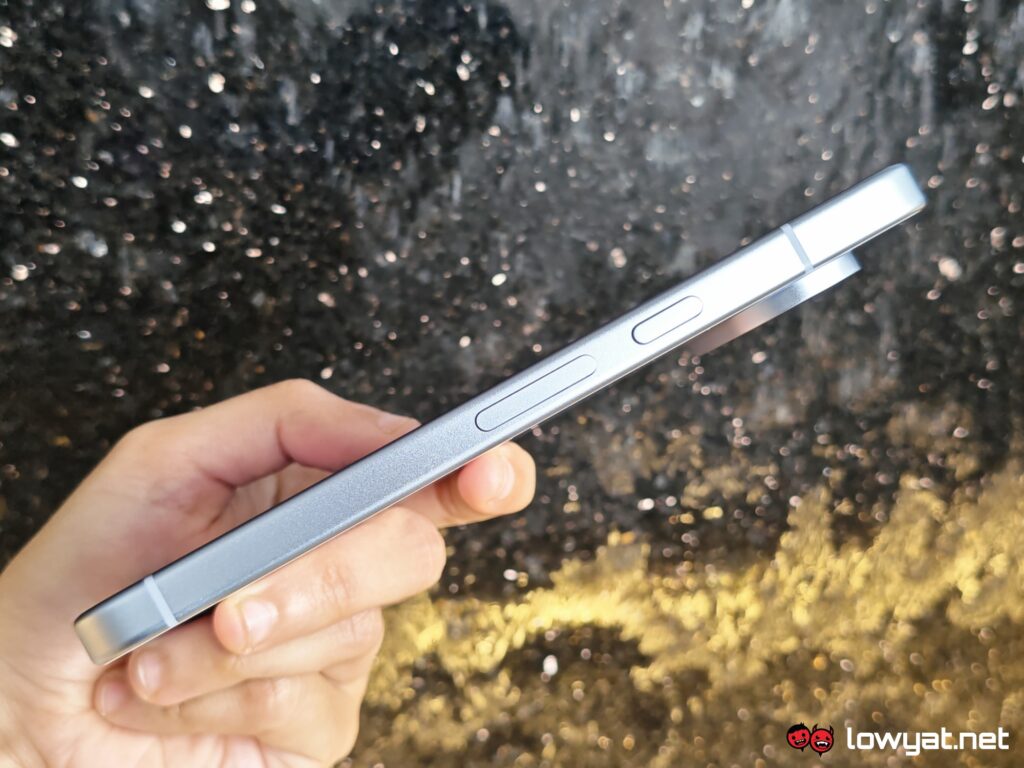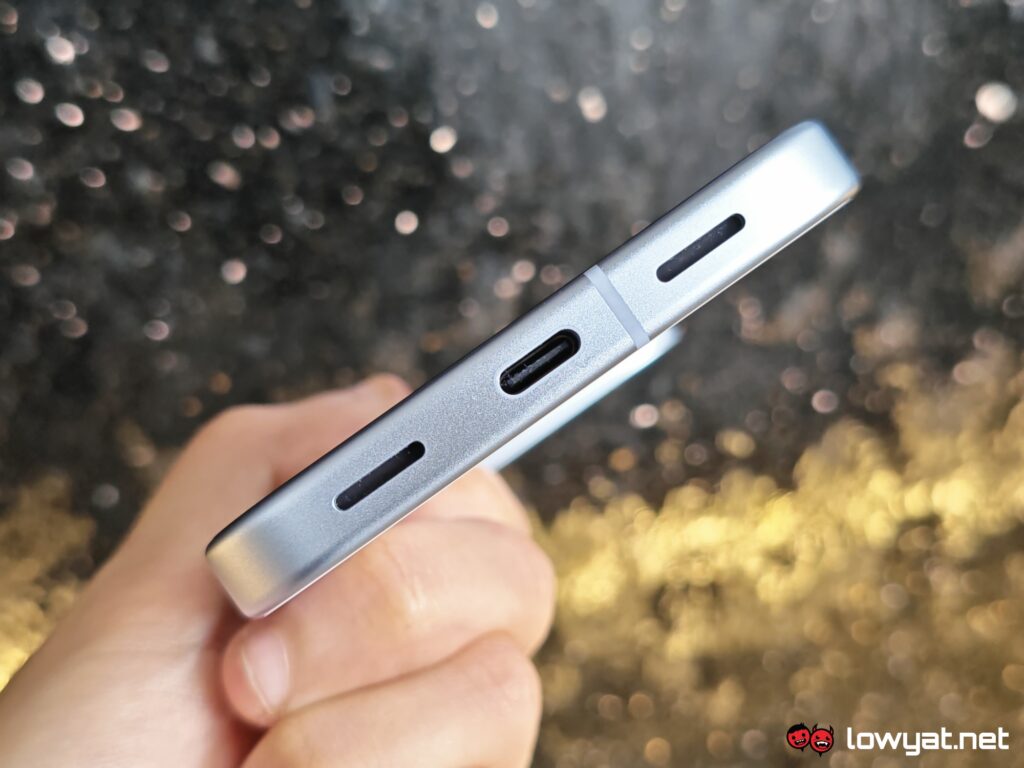Google recently unveiled the Pixel 10 lineup, which comprises a vanilla model, the Pro and Pro XL variants, as well as a foldable version that is currently not yet available. We were given the opportunity to get acquainted with the first three members of the family, and we’ve already covered the first impressions of the two Pro models. This leaves the base Pixel 10, which is the subject of this hands on.
Starting with the obvious: at a glance, the phone looks a lot like its Pro siblings. Of course, it also looks a lot like the Pixel 9 because Google saw no reason to give this year’s batch of phones a makeover. As the saying goes, if it ain’t broke, don’t fix it. That said, a closer look will clue you in on the differences between these devices.
Unlike the Pro version, the base Pixel 10’s sides aren’t obviously shiny, so the phone looks more uniform throughout. Additionally, what sets it apart from last year’s model is the addition of a third camera. Admittedly, these are pretty subtle distinctions, but in the grand scheme of things, the similarities aren’t that big of a deal. You could say it’s more about keeping the Pixel phones recognisable as a whole rather than making each model unique.
As for this particular Pixel 10, it’s in a purplish shade of off-white dubbed Frost. It’s a subdued, low-key hue that leans a bit too close to the boring side. You can tell that it’s purple, but it looks pretty plain. Especially when compared to the Pro models that come in Jade. Still, the vanilla version is available in a bold and bright Indigo, which is anything but banal. So there are more eye-catching options for those who want a phone with a little more flair.
![]() When you pick up the device, one thing you will notice is its weight. It’s heavier than you’d expect from a phone its size, though probably not to the point where you can reliably use it as a blunt force weapon. In an era where companies are falling over themselves to build the slimmest and lightest of smartphones, the Pixel 10 certainly sticks out as a device that bucks the trend. Honestly, I can respect that. It fits comfortably in your hand and feels very sturdy, and that’s good enough.
When you pick up the device, one thing you will notice is its weight. It’s heavier than you’d expect from a phone its size, though probably not to the point where you can reliably use it as a blunt force weapon. In an era where companies are falling over themselves to build the slimmest and lightest of smartphones, the Pixel 10 certainly sticks out as a device that bucks the trend. Honestly, I can respect that. It fits comfortably in your hand and feels very sturdy, and that’s good enough.
While Google did not revamp the phone’s exterior, the software is a whole other story. Android 16 brings the Material 3 Expressive visual overhaul. It’s funky and colourful, with springy animations that give it a youthful and peppy vibe. Aesthetics aside, you can expect minimal bloatware on the Pixel 10 as it is running Android in its purest form. I say minimal because while Google does not put third-party junk on its phones, there’s nothing stopping it from cramming its own unessential fluff in, like NotebookLM.
Speaking of which, AI is very much an omnipresent entity on the Pixel 10, with apps like Pixel Studio and features like Magic Cue and Camera Coach. But I’ll leave that and the camera for the full review of the phone.
The Google Pixel 10 is available for a starting price of RM3,999 for the 128GB configuration. The 256GB variant retails for RM4,499. Aside from Frost and Indigo, the device comes in your choice of Obsidian and Lemongrass.





